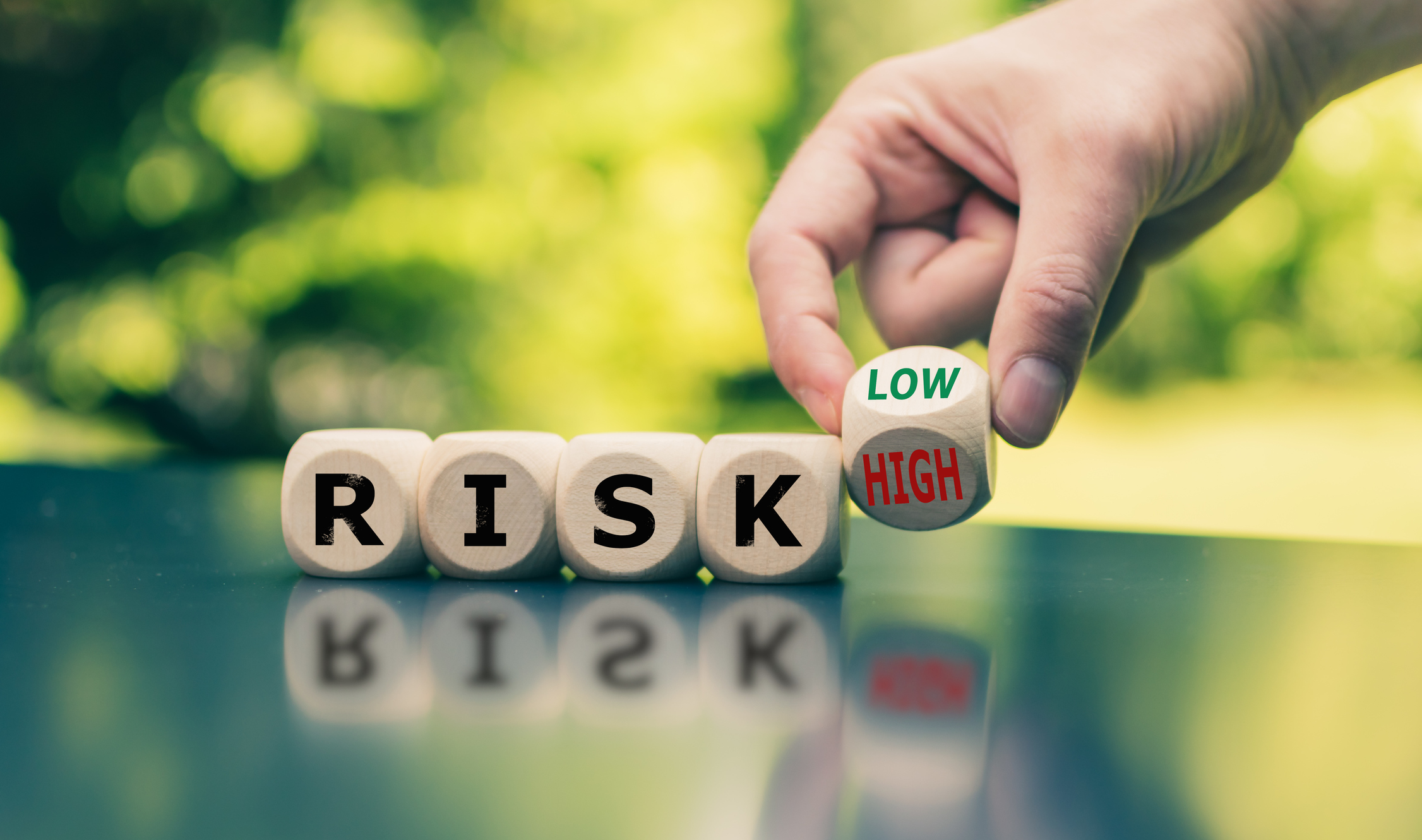
If you are wondering whether it is safe to let your kids return to their regular sports or athletic activities this school year, the American Academy of Pediatrics has released some guidance for parents. The AAP is made up of 67,000 pediatricians who are "committed to the optimal physical, mental, and social health and well-being for all infants, children, adolescents, and young adults." The interim guidance on returning to sports that it has released is based on the current information available, and it can help you weigh the risks versus the benefits of allowing your children to participate in sports at the moment.
More from MamásLatinas: Baby boy names inspired by soccer players
According to AAP, about "35 to 45 million youth 6 to 18 years of age participate in some form of athletics." That's a lot of kids, which means there are a lot of parents out there who are having to face the decision of whether or not to let their children start participating in sports again. Perhaps you are one of those parents. While we certainly can't tell you what the right decision for your family is, what we can do is share information that might help you decide. Here's what we've learned from the AAP interim guidance report.
Why even consider having kids return to sports when we are still battling a pandemic?

Sports activities provide many benefits for children and adolescents. Of course, there is the whole improvement of cardiovascular health, increased overall fitness, and the fact that exercising is good for the immune system. But the benefits don't stop there. Aside from physical health benefits, sports can be great for children's mental health because they get to socialize, and we all need that right about now.
But make no mistake about it, there are risks.

Current data suggests that children are infected less frequently with the coronavirus that causes COVID-19 and that when they are infected, they don't get hit with the disease as hard. But kids who do get infected can infect others and that includes other children, family members, coaches, and so on. Participating in sports activities with someone who is infected can put everyone else around them at risk.
What should you consider when assessing the risk of particular sports?

The Centers for Disease Control and Prevention has put out recommendations for youth sports that include prioritizing activities that allow for proper social distancing like "skill-building drills or conditioning at home, alone or with family members" as opposed to team-based activities.
What can be done to reduce the risks associated with participating in youth sports?
- Maintain social distancing whenever possible.
- Masks should be worn by coaches, visitors, and athletes on the sidelines.
- Teach and practice proper hygiene and etiquette such as washing hands with soap and water for at least 20 seconds or using hand sanitizer that contains at least 60% alcohol, no spitting allowed, sneezes and coughs should be covered with a tissue or inside of elbow, etc.
- Sharing of items, including equipment, should be discouraged.
- Practicing outdoors is best and if playing inside, there needs to be proper ventilation.
In the end, it’s your choice and there is always a risk.

"Risk can be decreased but not eliminated by athletes, parents, coaches, and officials following safety protocols. Ultimately, the decision falls on a parents/guardians to decide whether they will allow their children to participate in sports," states the AAP. Before making your decision, ask coaches or adults in charge what safety precautions will be taken and talk to your pediatrician.

